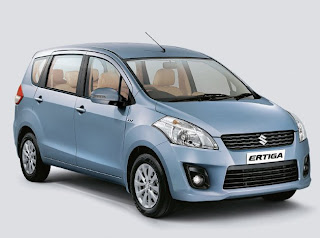1 Litre - 100 km car

The objective of developing a roadworthy vehicle that consumes just 1.0 litre of fuel per 100 kilometres could not be achieved through compromise. All existing technical solutions were examined, and in close cooperation with numerous suppliers, replaced by better, and principally lighter versions. The result is a vehicle that looks more like a sports car than a typical research vehicle. The conceptual necessity for a small frontal area led to an unusually narrow and very flat body form being chosen. The body was developed in a wind tunnel, is 3.47 metres long, but just 1.25 metres wide and just over a metre in height, and is made completely of carbon fibre composites. To save weight, it is of course not painted. The carbon-fibre-reinforced outer skin is tensioned over a spaceframe that is not made of aluminium, but rather of magnesium, which is even lighter. The 1-litre car is powered by a one-cylinder diesel engine, centrally positioned in font of the rear axle and combined with an automated direct shift gearbox. The crankcase and cylinder head of the 0.3-litre engine are of an aluminium monobloc construction. The naturally aspirated, direct-injection diesel engine employs advanced high-pressure unit injection technology to generate 6.3 kW (8.5 bhp) at 4,000 rpm. This gives the vehicle, which weights just 290 kg, an astonishingly lively temperament. Fuel consumption is a mere 0.99 litre per 100 kilometres. With a 6.5-litre tank, this gives a range of some 650 kilometres without refuelling. Due to the restriction of space, it was not possible to adapt an existing gearbox. For this reason, a compact, automated 6-speed gearbox is employed, which is controlled from a turn switch in the cockpit. Running gear made of lightweight alloy, tyres that offer optimised rolling resistance and 16-inch wheels made of extremely lightweight composite material perfectly complement the economical drive system. The interior is sportingly simple in design, yet offers enough space for two people, who can comfortably get in after folding back the turret-like gullwing door. An extremely lightweight construction has also been employed for the seats. The seat frames are made of magnesium, and firm, yet comfortable fabric covers are used instead of a classic upholstery. Despite the lightweight construction of all components, safety has been a major element in all phases of the development of the 1-litre car. For example, the concept vehicle's safety equipment includes anti-lock brakes, ESP electronic stability program and a driver's airbag. Deformation elements at the front end and the spaceframe construction provide impact and roll-over protection comparable to that of a GT racing car.
The sports-car-like design demonstrates that Volkswagen's 1-litre car is not a spartan research vehicle, but a high-tech special vehicle. It starts with the special seating arrangement. The driver and passenger sit centrally as if in a monoposto, but in tandem. The mid-engine is installed transversely in front of the rear axle. With its complex design (double wishbones at front, DeDion suspension at rear) and combined with the low centre of gravity and low overall vehicle weight, the lightweight running gear results in very agile handling. The project team have impressively succeeded in combining driving pleasure with a level of fuel consumption never seen before. The 1-litre car also incorporates numerous details of a practical and convenient nature.


Comments